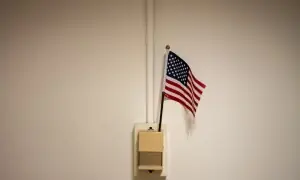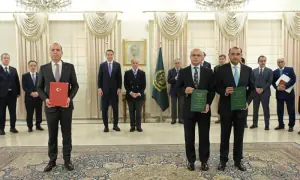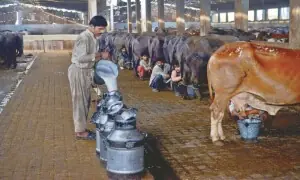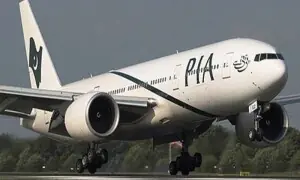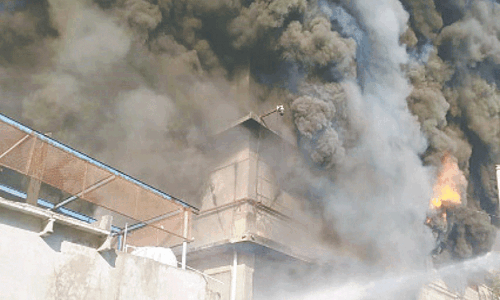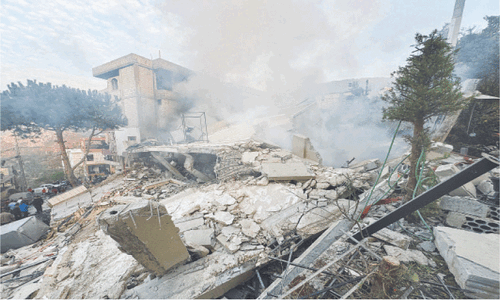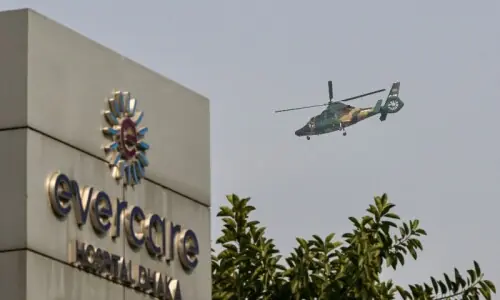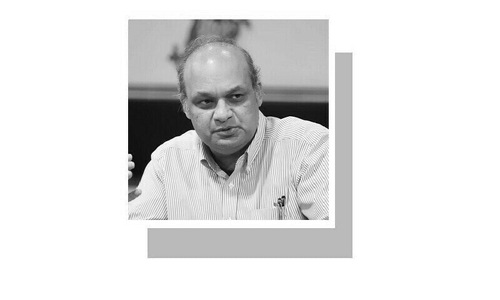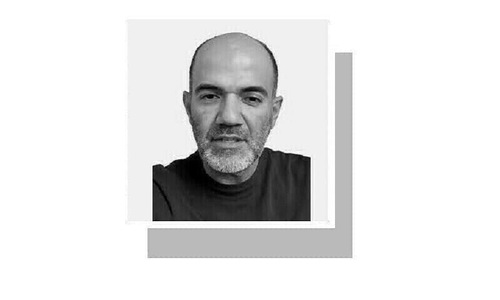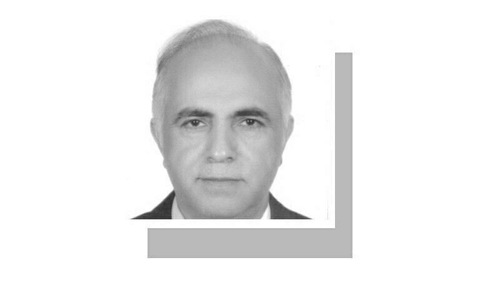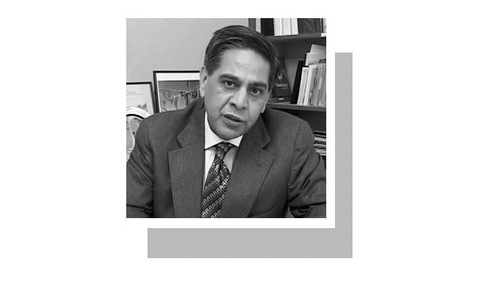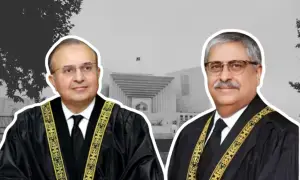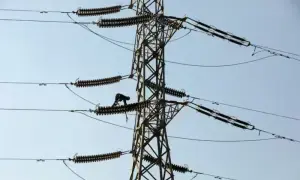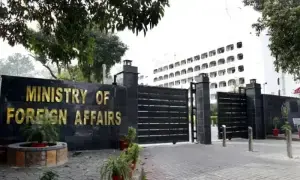A BUSINESS publication recently reported that in the first five months of the current fiscal year, salaried employees contributed Rs200 billion as income tax. This is Rs72bn (or 56 per cent) higher than the same period in the previous fiscal year, in which salary tax deductions emerged as the third biggest contributor to direct revenue.
An insightful assessment by citizen and tax equity advocate, Amer Sharif, shows that a household earning Rs500,000 per month is effectively paying a tax rate of 33pc, after factoring in income tax deduction and sales taxes on major consumption items.
Using the same type of household as an example, broad estimates show that after accounting for tax deductions and basic needs (rent, utilities, private education, health, transport), inflation has left less than 10pc for unexpected or discretionary spending.
Amidst such conditions, anger and frustration with the status quo, and efforts to migrate abroad have become more commonplace among white-collar, salaried professionals. The sentiment is understandable given a disastrous combination of high inflation, anaemic increases in salaries, and eroding purchasing power.
There is no dollar bonanza forthcoming that can cheapen imports and sustain middle class consumption.
However, there are some broader points worth making around the impact of higher taxes and inflation on salaried professionals. An important one is that most white-collar/ professional households — the kind who are being taxed at high rates — are a small percentage of the total population, and are still, objectively, better off than the majority of families in Pakistan.
Average household monthly incomes, as per the last Household Integrated Economic Survey in 2019, were around Rs42,000, ie, below the income tax threshold. Adjusting for inflation, the same average today would be around Rs70,000. In a context where the minimum wage is still under Rs40,000, majority of workers, who are found in manual and elementary occupations, are likely making less than the average.
There are a few other datapoints worth keeping in mind as well. Opting for high-cost private education, such as the O- /A-level system, is increasingly common among urban professional households.
However, it still accounts for only 2pc of all students giving secondary/ higher secondary exams annually. The number is about 50,000 A-level students versus 2.5 million sitting for the intermediate exam annually. This ratio also excludes students from low-income households who have dropped out of the education system entirely.
Similarly, electricity consumption data shows that less than 2pc of all households consume, on average, 700 units of electricity per month, while nearly 60pc average less than 300 units per month. Finally, the 2023 census shows that less than 17pc of all households reside in housing that consists of four rooms (of any type) or more.
Collectively, figures for income, educational choice, utility consumption, and housing depict a clearer picture of Pakistan’s income distribution, ie, a poor country with a very small and relatively better-off white-collar segment.
None of this is meant to either justify the exorbitant tax burden faced by working professionals, or to gaslight their feelings of frustration. Instead, it is to bring some perspective to the conversation and identify two different types of economic crises facing Pakistani households today.
The first is a crisis of subsistence that is confronting the majority of households, who are mired in poverty and struggling to meet basic subsistence needs. Such households were already living in precarious circumstances, and the last few years have squeezed their budgets in a disastrous way. People now routinely face daunting choices between food, shelter, and healthcare expenses.
The second crisis is a crisis of social mobility and stagnation that is being faced by salaried, professional households (who often refer to themselves as the ‘middle class’). This is not a crisis of getting enough calories or having a roof over your head. Rather, it is about unmet expectations and ambitions.
Growing up, such individuals were told that gaining the right education credential and stable employment would allow them to achieve material prosperity. The expectation was that such prosperity would be greater than what the previous generation was able to afford for them, meaning their kids will have better lives.
The preference for living in private housing societies, occasionally going out to eat and shop, and sending children to higher-cost private schools reflects these objectives.
While Pakistan has not seen steady growth for many years, this particular segment was shielded from previous low-growth periods by helpful external circumstances (such as aid-driven dollar liquidity) that allowed for greater consumption, and a less competitive labour market. The era for both appears to be over.
Now, there is no dollar bonanza forthcoming that can cheapen imports and sustain middle class consumption. And the expansion of higher education means that supply of credentialled workers exceeds their demand, creating downward pressure on wages and making white-collar jobs more precarious.
An important dimension to the frustration felt by many in this class is that their equivalent professionals in the preceding generation (the one born after independence in 1947) were able to accumulate some degree of wealth and obtain social mobility, often through public sector employment. That route is now largely closed except for a small segment of higher-ranking state officers, who routinely modify rules to direct resources to themselves.
The political consequences of this frustration are already visible on social media, through the results of the last election, and the general support offered to Imran Khan. The white-collar, salaried segment forms the core of the recent anti-status quo upsurge, with state officials and their expenses on cars and trips a frequent target of their ire.
It remains to be seen whether the anger rising from a crisis of immobility and economic stagnation can be calmed down by a few years of low inflation and economic growth. And if there is any possibility of that anger expanding, especially among the majority of households who are facing a far more dangerous crisis of subsistence.
The writer teaches sociology at Lums.
X: @umairjav
Published in Dawn, January 20th, 2025






